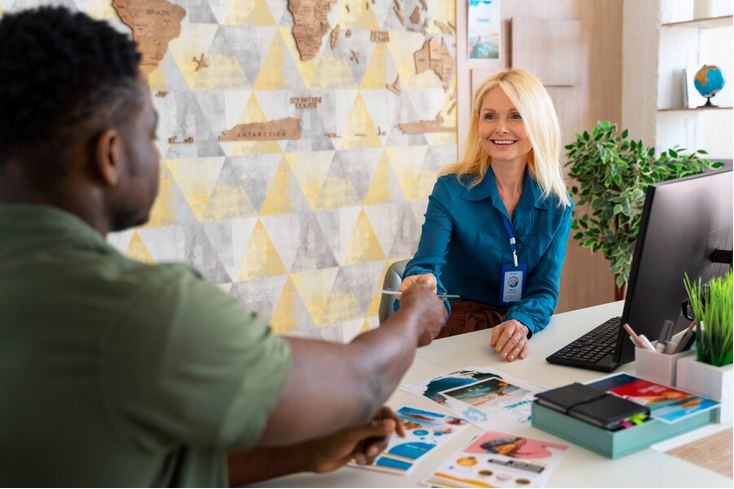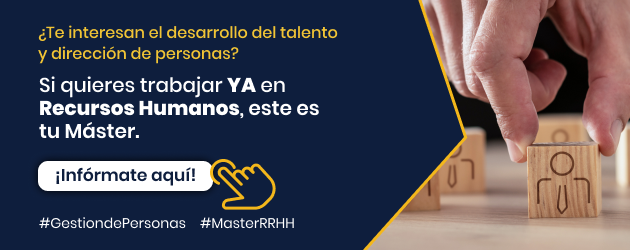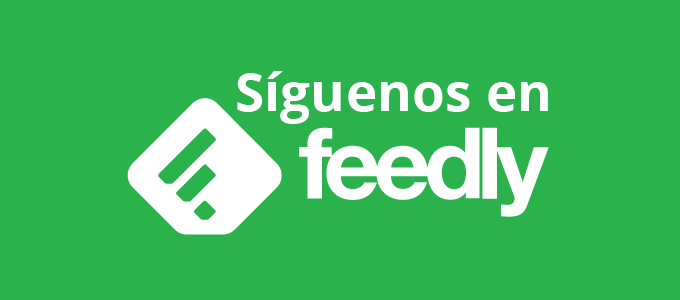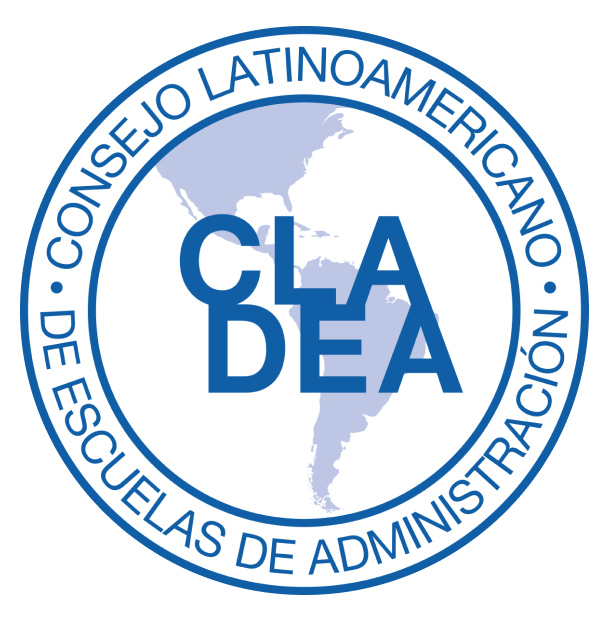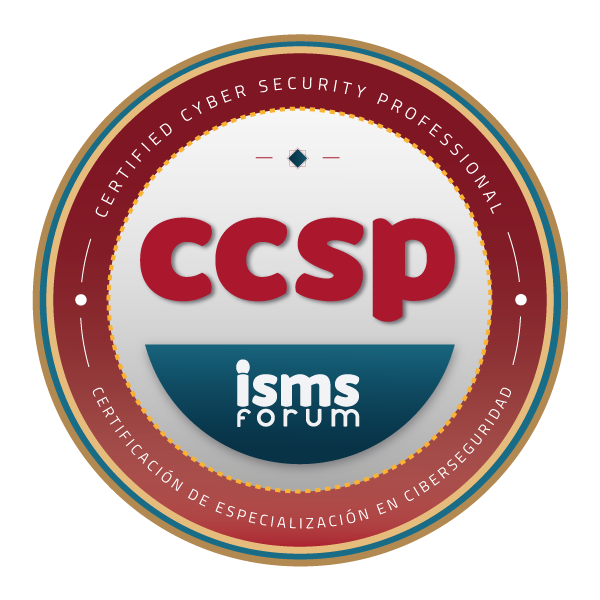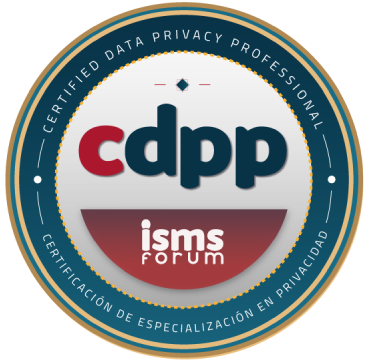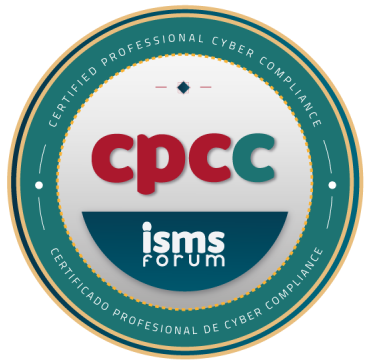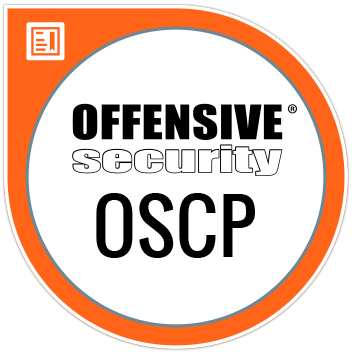In a changing work context with increasingly healthier companies concerned about the well-being of employees, the position of Employee Experience Designer either Employee Experience Design (EXD) It is emerging in the field of human resources as a new occupation responsible for creating a positive and attractive work culture.
This is a highly specialized position that seeks to increase employee engagement, enhance a sense of belonging, and create work environments conducive to organizations getting the most out of their teams.
Mission of the Employee Experience Designer either Employee Experience Design (EXD)
The general mission of the position of Employee Experience Designer either Employee Experience Design (EXD) It is responsible for creating an engaging, attractive, and beneficial experience for employees throughout their stay at a company, driving employee engagement and retention.
It encompasses everything from designing onboarding plans to developing innovative initiatives to enhance employee growth and professional development.
At the same time, they will be generally responsible for redesigning work processes and methodologies that allow employees to work in objective, safe, and equal environments. Their importance has increased in recent years because they will be responsible for creating the necessary foundations for implementing remote work, balancing employees' personal and professional lives, and creating a culture of trust.
Main responsibilities of the Employee Experience Designer either Employee Experience Design (EXD)
These would be some of the basic responsibilities that are part of the job description of a Employee Experience Designer or Employee Experience Design (EXD):
- Design and manage employee recognition programs.
- Collect and analyze information to identify areas for improvement.
- Plan and organize training activities for employees and work teams.
- Develop interactive digital experiences and create innovative working methods, both in-person and remotely.
- Address employee concerns by proactively resolving issues.
- Collaborate with different areas of the organization to align different initiatives with the company's overall objectives.
- Design attractive workspaces.
- Create internal communication channels to improve employee engagement.
- Analyze data to measure the impact of initiatives and adjust strategies.
Training and qualification profile of the Employee Experience Designer or Employee Experience Design (EXD)
To work as an Employee Experience Designer, you must have a master's degree in Human Resources and a degree in Social, Legal, or Business Sciences (Sociology, Business Administration, Law, Psychology, Labor Relations, and HR, or related studies).
Additionally, many employers prefer candidates with experience in organizational design, change management, and people analytics.
Additional training:
- Related training in qualitative and quantitative social research techniques.
- 1-3 years of experience working in the field of human resources.
- It is advisable to have additional training in coaching.
- Extensive knowledge of Microsoft Office Suite, Design Thinking, SPSS, LOPD, etc.
Related skills and competencies:
- Strong interpersonal and communication skills.
- Excellent organizational and project management skills.
- Work in cross-functional teams.
- Analytical capacity.
- Leadership and influence.
- Strategic thinking.
- Empathy and emotional intelligence.
The growing concern of employees as social actors who coexist in diverse organizational environments for professional development, workplace well-being, and the promotion of emotional salary requires that companies consider creating positive experiences for them. The increasing investment of these companies in initiatives to improve these experiences will generate growing job prospects for them. Employee Experience Designer or Employee Experience Design (EXD).
Learn more about Human Resources and People Management on our blog.

